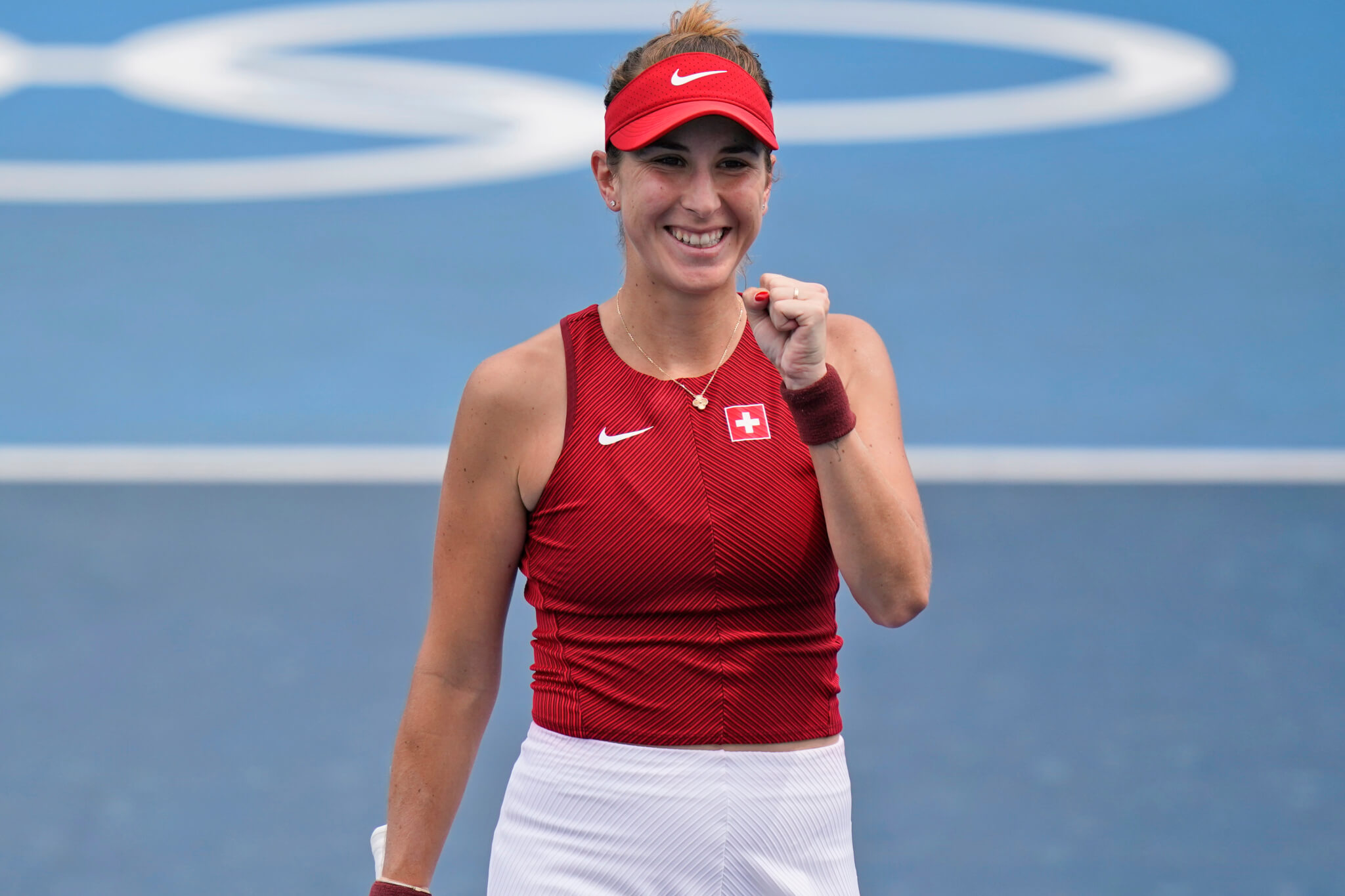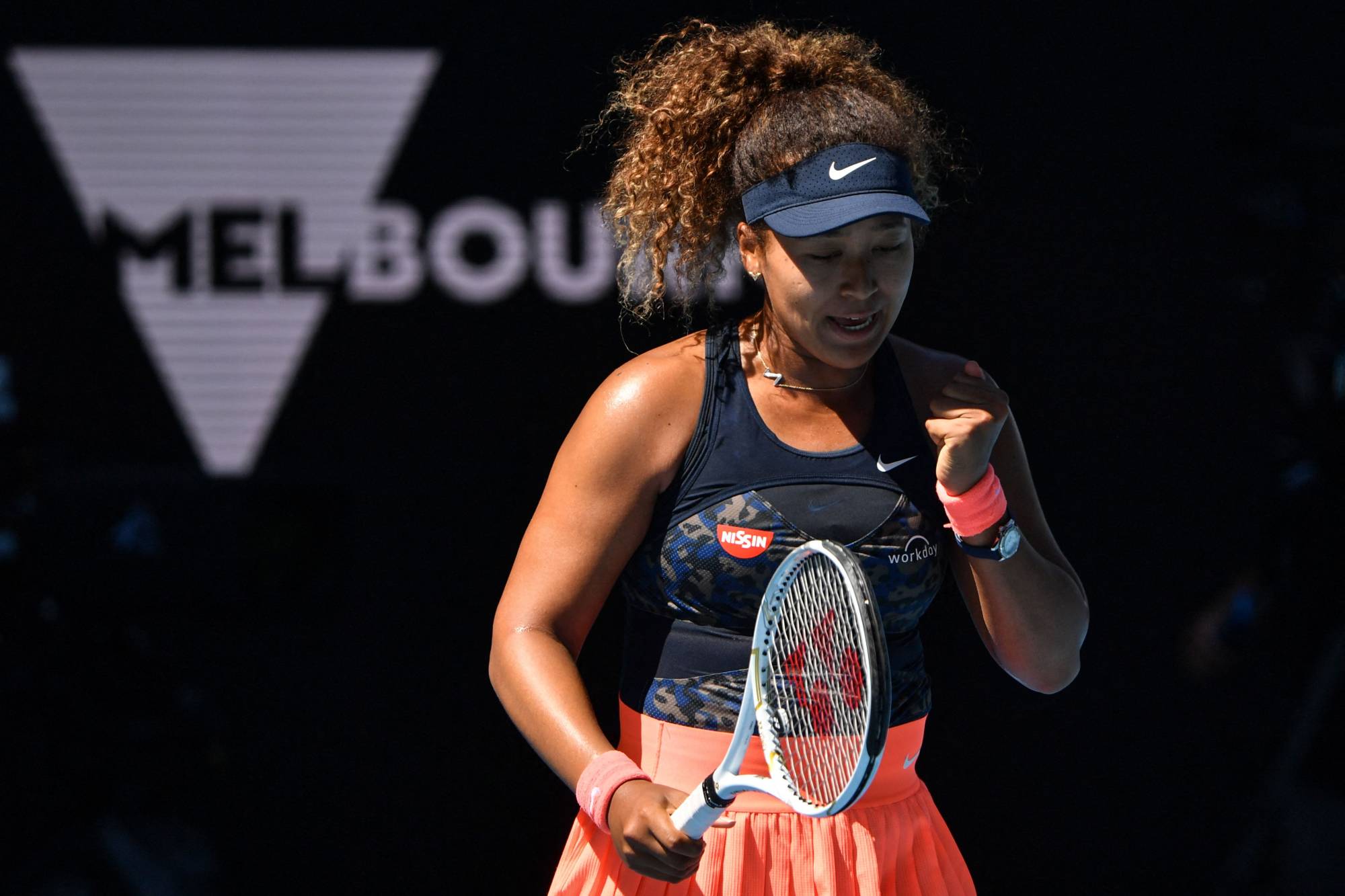Welcome to Tennis Elbow, the column that looks back on the week that was in the world of tennis. This week, Charles Blouin-Gascon recaps the women’s tournament at the 2020 Tokyo Olympics.
The list is still only down to three names.
Throughout the event’s history, only thrice had someone managed to win a gold medal at the Summer Olympics in both singles and doubles since the sport returned to the Olympics. Their names were Venus and Serena Williams, and Nicolas Massu. (Seriously, his Athens performance in 2004 was ridiculous.)
Well we almost added a fourth name to the list in Belinda Bencic. She first beat Marketa Vondrousova in the singles final by the score of 7-5, 2-6 and 6-3 but lost the doubles final in straight sets.
Olympic Medalist* ???
Singles&Doubles ?? pic.twitter.com/7ZCfsKnkTK— Belinda Bencic (@BelindaBencic) July 30, 2021
After the win, she tried to put into words what a gold medal means to her personally. She told reporters that it’s an unbelievable feeling to somehow be the first player of her country, one with as rich of a tennis tradition as Switzerland, to win an Olympic gold medal in singles singles.
But we’re so happy it’s happened to her.
Living up to her promise and potential
It’s been quite the journey for the 24-year-old Swiss. Bencic started playing tennis at the young age of two years old. By 7 years old, the young player was training daily with the mother and coach of a Martina Hingis, who by then was a few years removed from the peak of her powers.
Let’s take a little detour here.
The Hingis comparison
It’s not fair to either player, but the comparison to Hingis is too easy to make. Both Bencic and Hingis are Swiss players who were born elsewhere (Slovakia for the former, Czech Republic for the latter), but it goes beyond that. Because by the time she turned 16, Bencic was the top ranked junior player in the world and was winning junior singles titles at the French Open and Wimbledon.
Oh sure, by that same age Hingis was basically already ruling women’s tennis like her fiefdom, but the point remains: Bencic was full of promise and potential. If you squinted hard enough, you might even catch a glimpse of early Hingis when you watched her play.
She turned pro in 2012 and Early on, Bencic held up her end of the bargain. By 2014, she was a US Open quarterfinalist. The following year, with Hingis actually coaching her, Bencic won her first two career titles. She was off and running.
The quick descent to hell
But then it all sort of stopped? It’s not to say that Bencic disappointed exactly. She had a couple of difficult months, then got a wrist injury and a surgery. Suddenly, all the promise in the world didn’t mean much—not when you’re ranked no. 312 in the world.
How do you get back to the mountaintop? The same way you first did: one match, and one win, at a time.
That’s what Bencic did, eventually making the 2019 US Open semifinal and the WTA Finals semifinal. From there, Bencic reached a career-high of No. 4 just before the COVID-19 pandemic.
Is there a lesson here?
As we’ve now understood, the pandemic hasn’t stopped Bencic. This past week in Tokyo, the 24-year-old took full advantage of a draw that broke right to become the first Swiss woman to win gold in singles.
The lesson is probably that life is a circuitous journey, not a straight line, and that we should enjoy every step. Oh there’s also this: Bencic managed to do what her countrywoman Hingis never could.
















